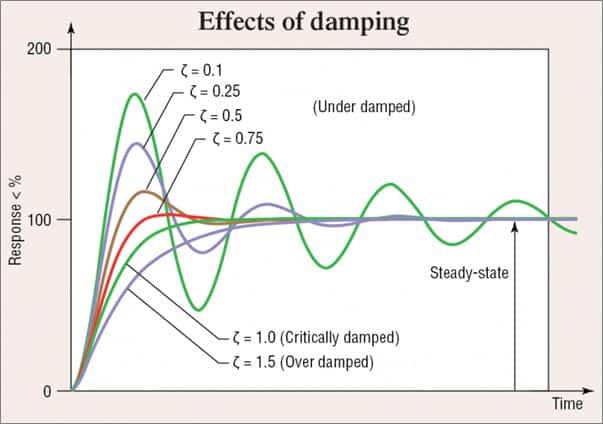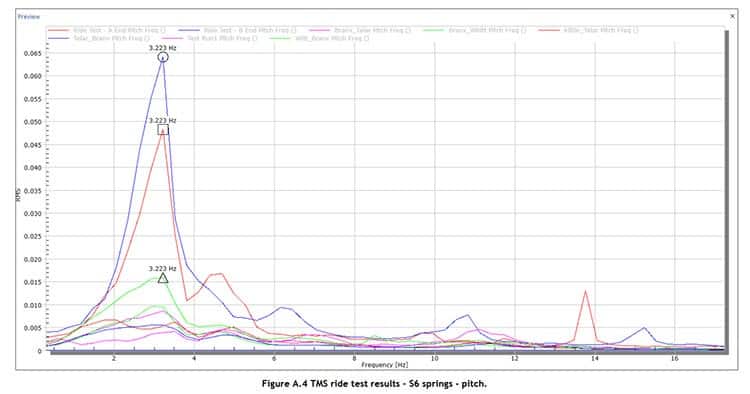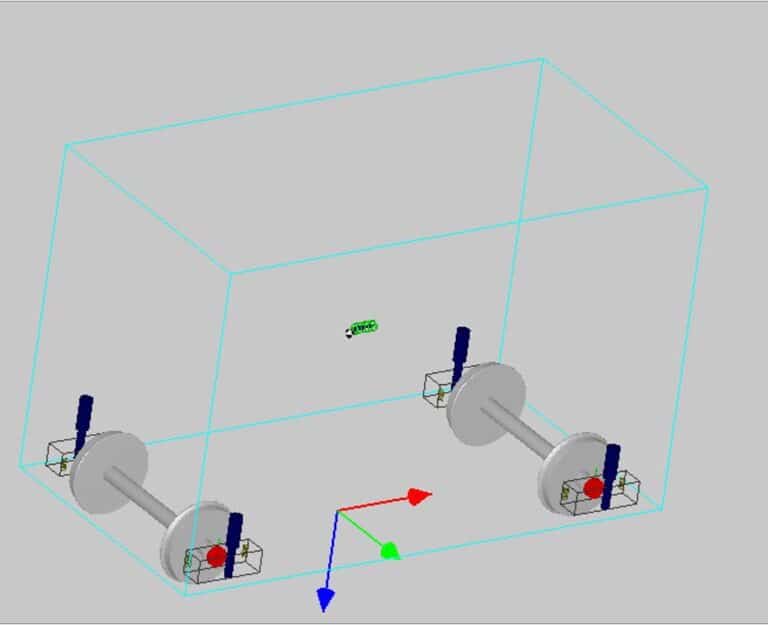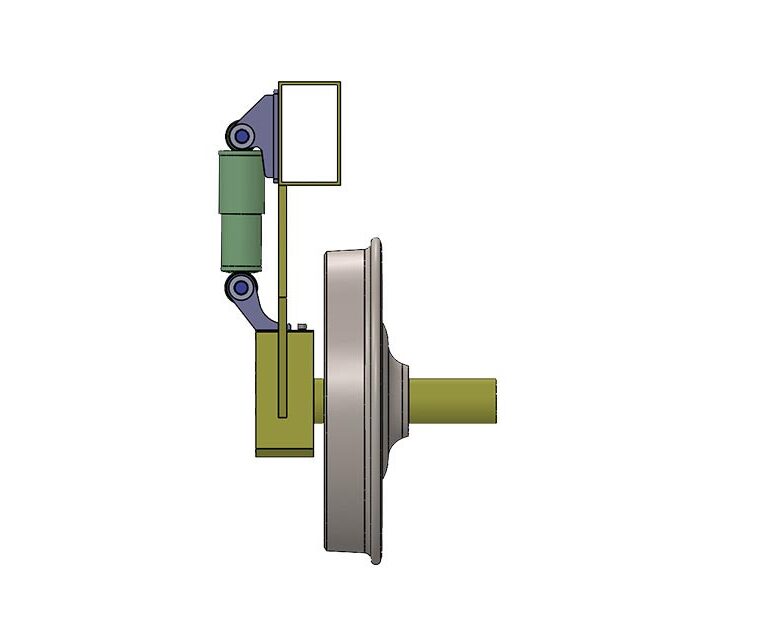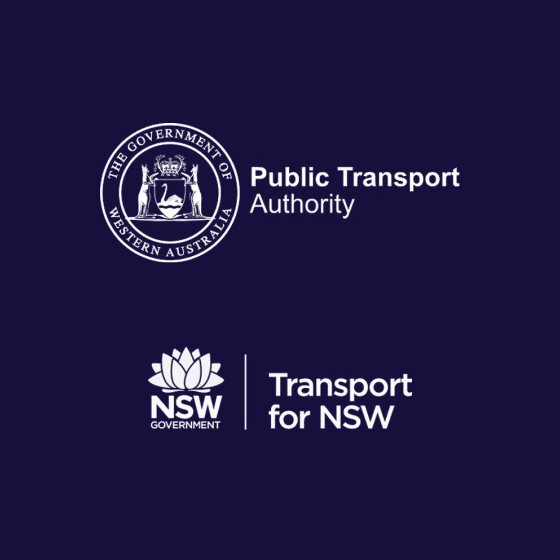Design of a unique suspension solution to enable a safe speed increase and enhance on track stability of multiple track maintenance vehicles.
We were able to safely increase the transit speed of a number of vehicles to enable them to travel on the network more efficiently and in between other network traffic to minimise disruptions to the network.
Additionally, we provided assurance on the safety and behaviour of the vehicles.




What we did
Following physical measurement of the dynamic performance of the vehicle by Rail Confidence, we were able to build a model of the vehicles in Vampire Pro to simulate its on track behaviour against a variety of track inputs. Consequently we were able to predict the stable behaviour and safe speed with and without suspension modifications.
Once the parameters of the modifications were identified, we were able to design a solution to integrate these modifications into several vehicles and verify the structural integrity of the modifications. Drawings were then developed, and the solution was subsequently manufactured and installed on the vehicles.
Rail Confidence then performed physical testing of the vehicle to correlate the behaviour to the simulations and verify the vehicle performance in real life.
Specific competencies:
- Vehicle design principles
- Rolling stock design standards
- Understanding dynamic vehicle behaviour principles
Suspension product knowledge - Network interface requirements
- Manufacturing methods
Technologies utilised:
- Vampire Pro vehicle dynamics simulation software
Computer aided design software - Finite Element Analysis (FEA) structural analysis software
This project was led by Brendan Johnson and Ian Goldney. It was supported by Mark Lowes, Andre Volpato and Steve Muscat.
How we did it
- We have the test equipment to measure and record the actual static and dynamic behaviour of the vehicles. This enabled us to understand the existing suspension parameters and their behaviour profile.
- Using the measured parameters a model was developed in Vampire Pro to accurately simulate the vehicle behaviours against a range of track inputs and defects specified by industry standards.
- Various parameters could then be manipulated in the safety of a simulation to optimise the vehicle performance and identify the maximum speed the vehicles could travel whilst safely negotiating an array of track inputs and defects.
- Once the suspension parameters were defined, we could design the modifications to be installed onto the vehicles.
- These were modelled in a CAD software package to verify the interaction of the solution with the greater vehicle such as surrounding systems and structures.
- Once a design was finalised it was verified to be structurally suitable using structural analysis software to simulate an array of load cases.
- Drawings were then developed to enable the manufacture and installation of this solution onto various vehicles.
- Following installation on the vehicle, the vehicles were instrumented with a number of sensors to record and verify the performance of the modifications in service.



The outcome
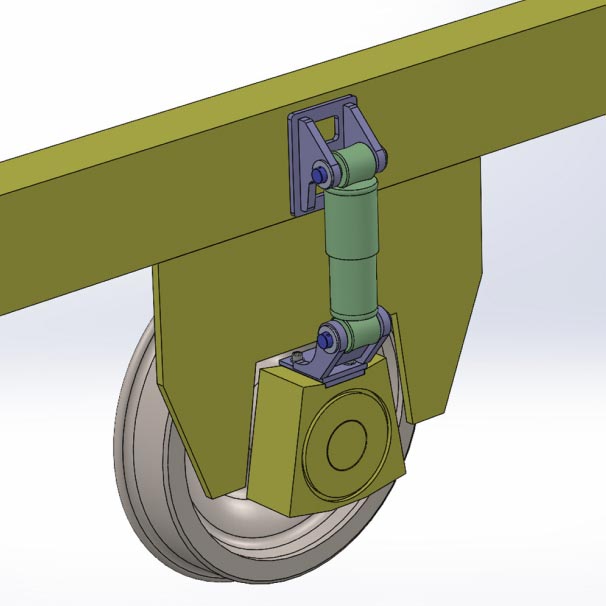
Before the modifications to the suspension the vehicle was restricted to travel speeds of 15km/hr. This caused significant impact to transit on the network as well as imposing implications on the other traffic on the rail network resulting in delays to all users of the track.
We were able to define a suspension solution that would enable the vehicle to operate at 50km/hr — a 333% increase in speed.
We provided confidence to the vehicle operator in the modifications specified and the operating speeds, as well as to the network managers that these vehicles were safe to operate on the network at higher speeds without impacting their infrastructure.
